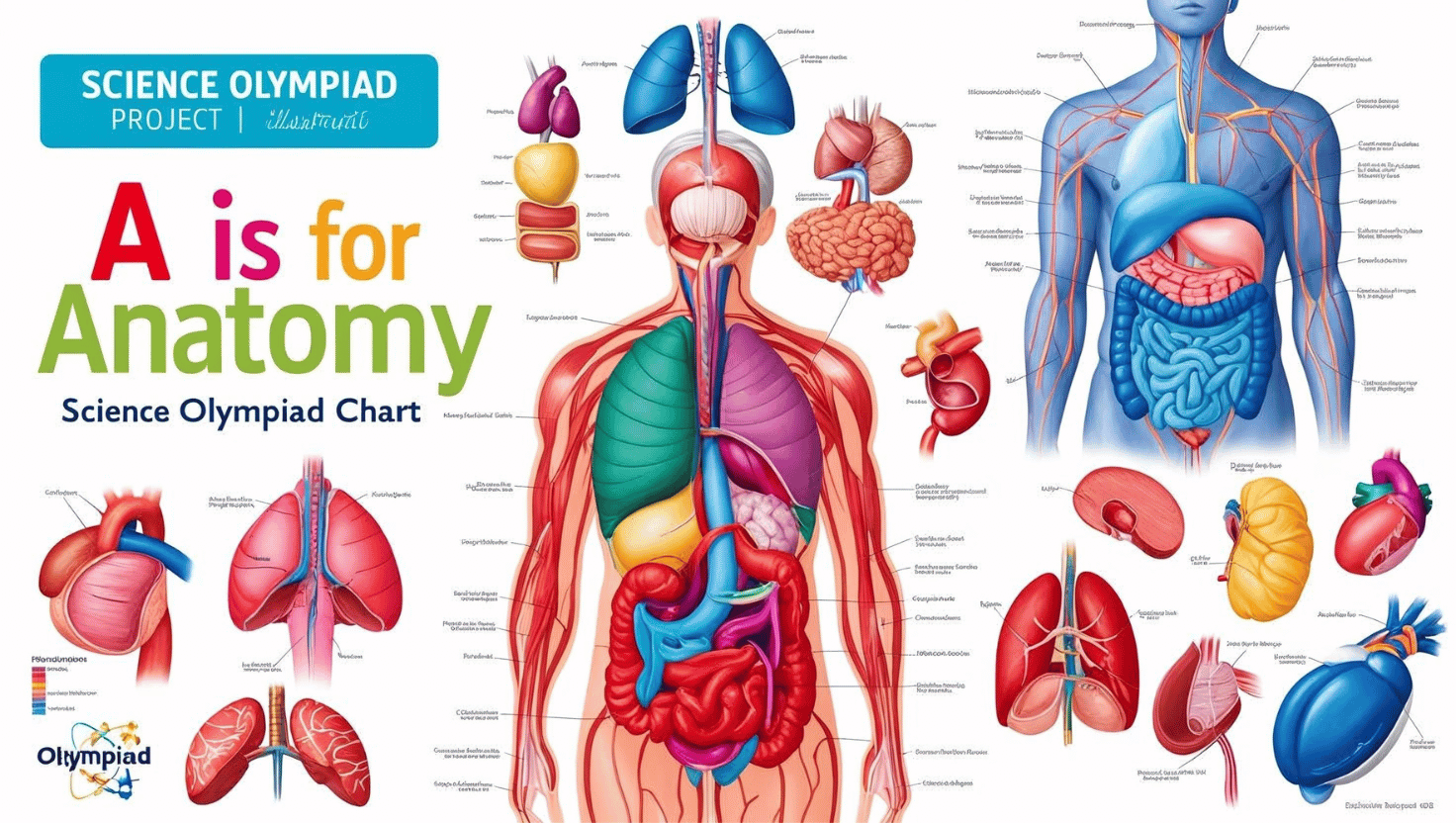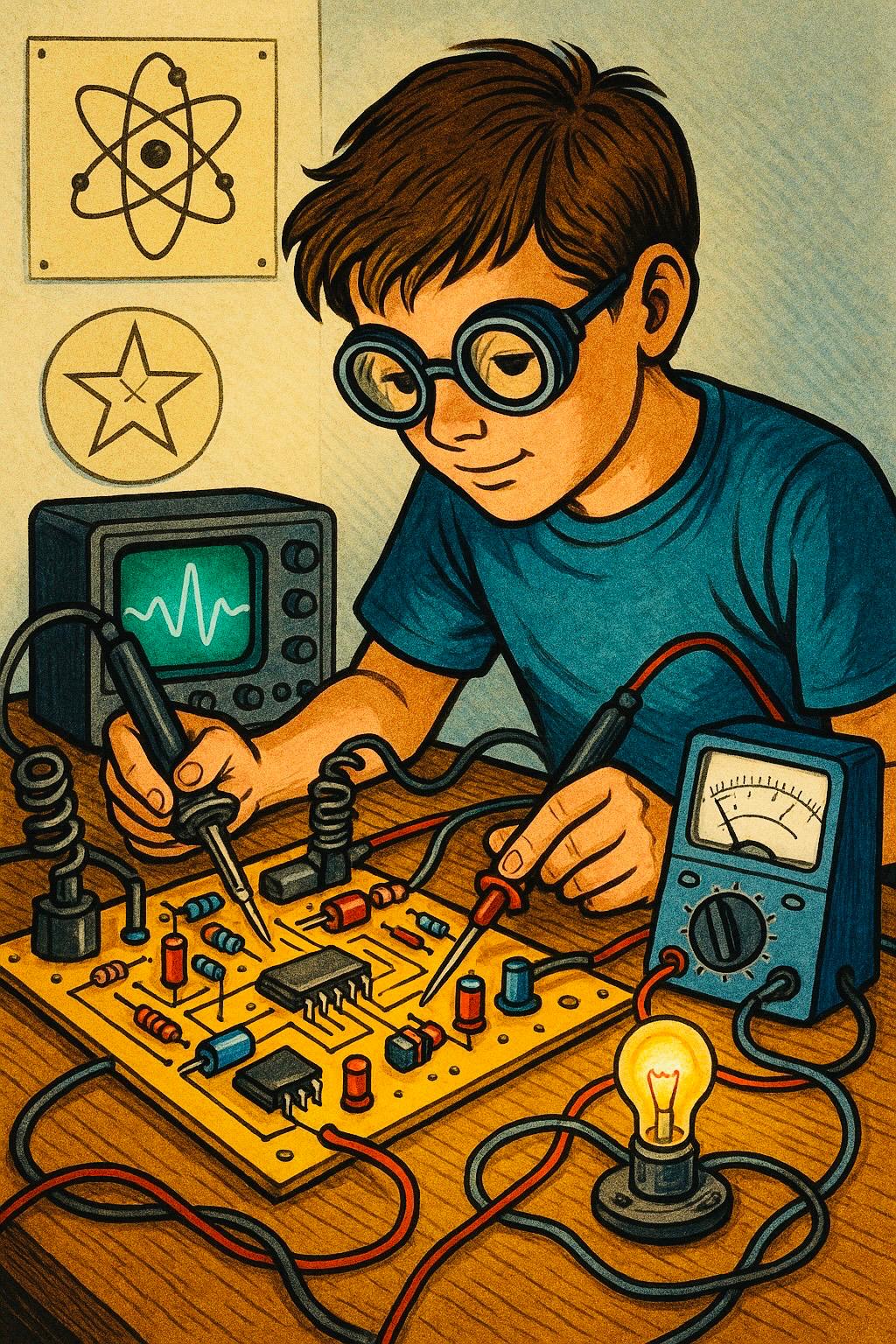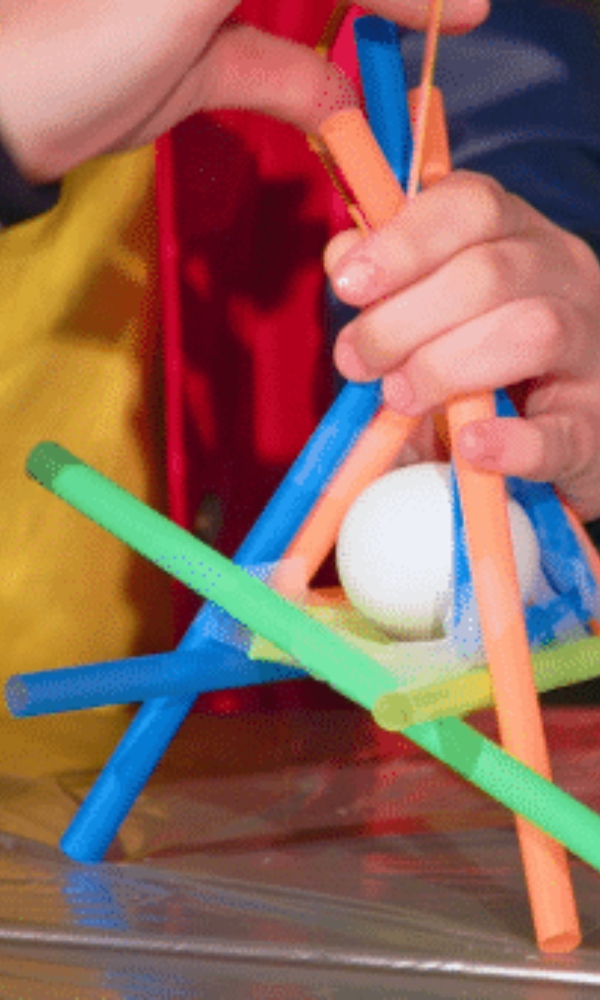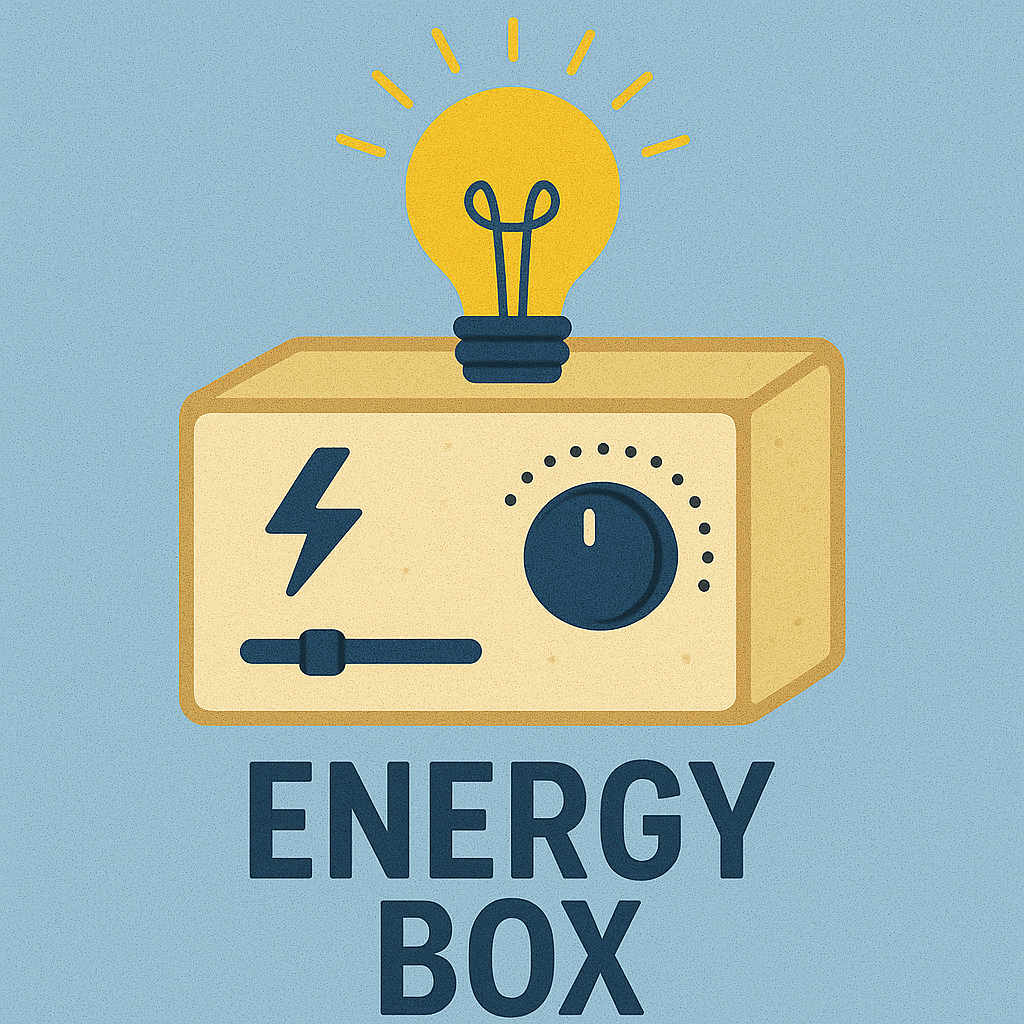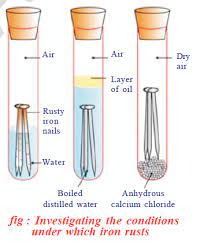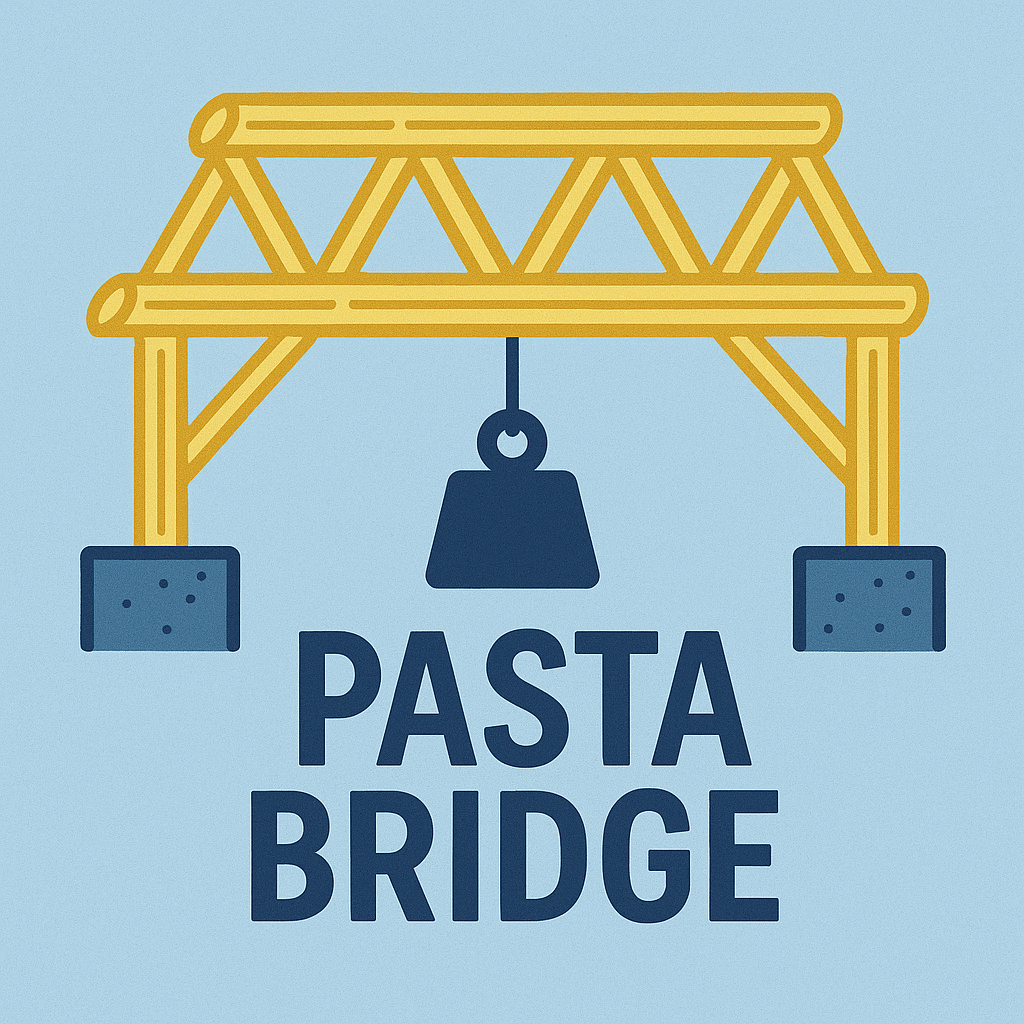
Pasta Bridge
Introduction
**Pasta Bridge – Build It Strong, Test It Bold! 🍝🌉🧪**
Welcome to *Pasta Bridge* – a hands-on Science Olympiad challenge where students become junior engineers and architects! In this fun and creative event, kids use only pasta and glue to design and build a bridge — then put it to the test by seeing how much weight it can hold before it breaks. It’s all about science, structure, and strength — with a side of spaghetti!
About This Project
What Can Kids Learn from the “Pasta Bridge” Project?
🏗️ Engineering Basics: Learn about load distribution, tension, compression, and structural design.
🧠 Problem-Solving: Plan, test, and redesign to create the strongest possible structure.
📏 Measurement & Math: Use math and physics principles to predict how bridges will perform.
🪄 Creative Building: Discover how different shapes (triangles, arches, etc.) can strengthen a design.
🎯 Scientific Testing: Experiment with materials, weights, and balance to achieve maximum efficiency.
📉 Data & Analysis: Record performance, analyze what went wrong, and apply improvements.
Why It’s a Crunch-Time Favorite:
Kids love the challenge of turning dry pasta into a mighty bridge! Pasta Bridge builds patience, precision, and pride in design — plus the exciting crash test at the end teaches that failure is just part of learning.
Can your spaghetti span survive the stress? Let the building (and breaking!) begin!

Full Article

Video
Material List
Instructions
Basic Building Materials
- Different types of pasta:
- Spaghetti – for long beams or trusses
- Fettuccine or linguine – for flat surfaces or roadways
- Lasagna strips – for deck/base
- Penne or macaroni – for joints or reinforcements
- Glue:
- Hot glue (most effective for middle schoolers with supervision)
- White craft glue (Elmer’s) or epoxy as an alternative
- Cardboard base or foam board (to mount the bridge)
- Wax paper or parchment paper (to prevent sticking while building)
- Ruler / measuring tape
- Pencil and notebook (for sketching designs)
- Clamps or clothespins (to hold glued joints while drying)
Testing Materials
- Weights (metal washers, coins, sandbags, or hanging bucket)
- Hook or string to suspend weights under the bridge
- Support stands or books to rest the bridge ends on
- Scale (optional, to measure load held)
⚙️ Design and Build Guidelines
- Set rules or constraints (for fairness and challenge):
- Bridge length: e.g., 30 cm (12 inches)
- Bridge width: e.g., 5–10 cm
- Must span a 20–25 cm gap
- Only pasta and glue may be used (no tape or wood)
- Students can research bridge types before building:
- Beam bridge
- Truss bridge
- Arch bridge
Question for thought:
Before Building (Planning Stage)
- What makes a bridge strong?
- How do different bridge designs (truss, arch, beam) distribute weight?
- Which pasta shapes might be strongest for tension or compression?
- How can you make your joints stronger without adding too much weight?
- What trade-offs exist between strength and weight?
During Construction
- How does glue placement affect joint strength?
- How important is symmetry in your design?
- Are you using the fewest materials possible to make it efficient?
During Testing
- Where did your bridge start to crack or bend first? Why?
- How could you redesign it to carry more load next time?
- What forces (tension, compression, torsion) caused it to fail?
- Did the actual performance match your prediction? Why or why not?
Reflection / Real-World Connection
- How do engineers test real bridges before construction?
- What lessons from this project apply to real-world bridge design?
- If you had unlimited materials, what would you do differently?


